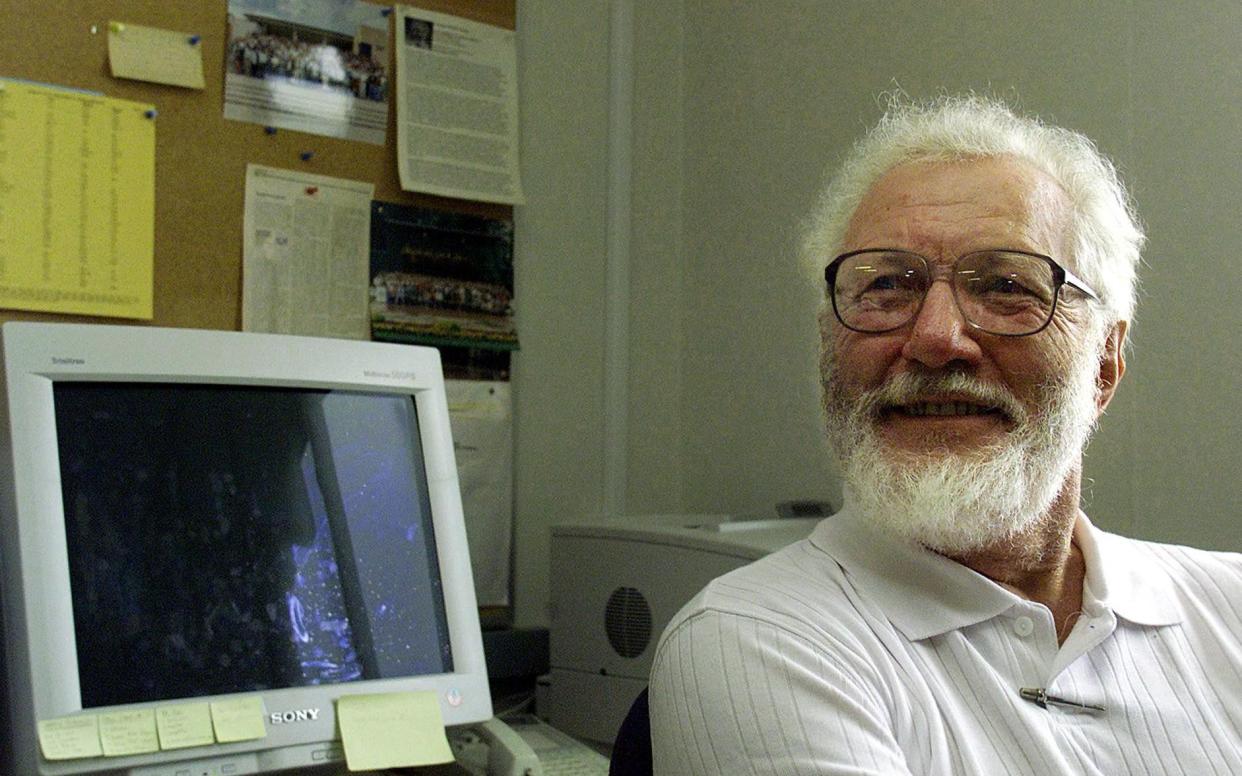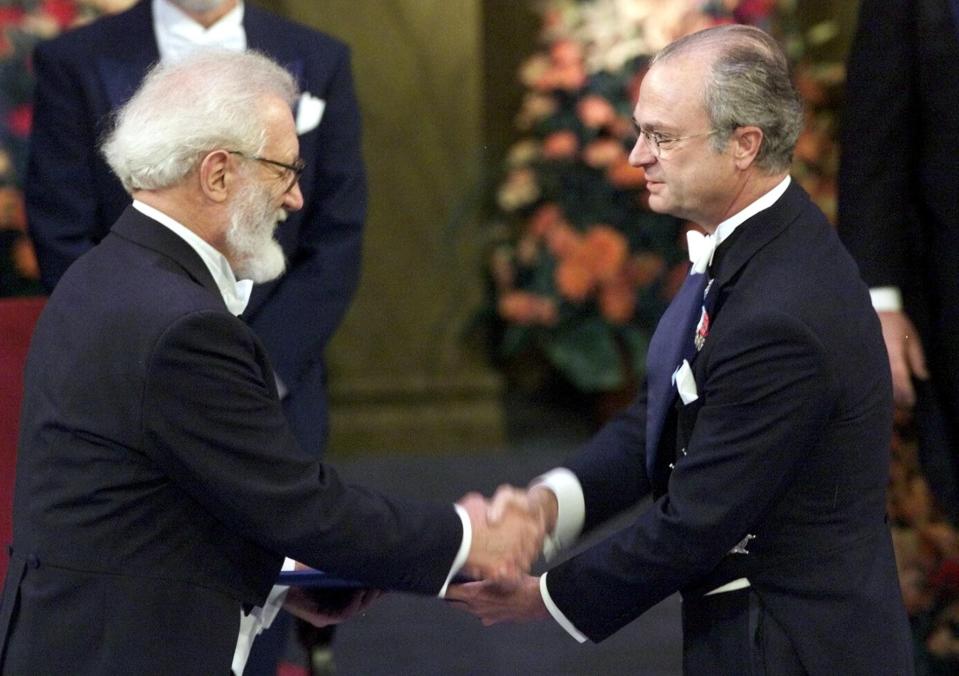Herbert Kroemer, physicist whose theoretical work helped pave the way for modern telecoms – obituary

Herbert Kroemer, who has died aged 95, shared the 2000 Nobel Prize in physics, with the Russian Zhores Alferov of St Petersburg and Jack Kilby of Texas, for developing technology which paved the way for radio link satellites, mobile phones, CD players, barcode readers, laser pointers, magnetic resonance cameras, electronic watches and personal computers.
Kroemer’s story shows how theoretical scientific research can often yield unanticipated practical benefits many decades later.
Kroemer’s most important contribution was theorising the development of so-called semiconductor heterostructures – layers of different atoms stacked on top of one other to form structures that vastly enhance the speed and power of transistors and other types of semiconductors.
When he began his research in the 1950s, newly-invented transistors, which would go on revolutionise the field of electronics, were slow and inefficient. Working first at a postal service telecom lab in West Germany, then at the RCA Laboratories in Princeton, New Jersey, Kroemer suggested that instead of being built from a single material, typically silicon, a faster transistor could be created using a kind of sandwich of different materials.
The problem was that the technology did not exist at that time to build one. Not that that worried Kroemer. “I really didn’t give a damn about what the uses were,” he told IEEE Spectrum much later.

He published three papers about his theories, then moved on to other projects. No one at the time imagined that one day his work would lead to a technology that has become ubiquitous in today’s interconnected world.
The eldest of three sons of a civil servant, Herbert Kroemer was born on August 25 1928, in Weimar, Germany. As a child he showed a natural gift for science and mathematics and after leaving school in 1947, he enrolled as a physics student at the University of Jena.
The city was then under postwar Soviet occupation. In the summer of 1948 he worked at Siemens in Berlin and, as the climate in East Germany became increasingly repressive, he moved to West Germany, flying out of Berlin in a British plane during the Soviet blockade of the city.
He resumed his studies at the University of Göttingen, obtaining a PhD aged just 23 on “hot electron” effects in transistors. In 1952 he went to work for the German postal service as part of a research group examining improved telecommunications methods.
By the end of the decade Kroemer had put his ideas on heterostructures behind him, but in 1963, by now working at Varian Associates, an electromagnetic company in Palo Alto, California, he revisited the concept, prompted by a lecture given by a colleague about newly-invented lasers which could work only at low temperatures and for short, low energy, pulses.
Kroemer wrote a paper suggesting that a semiconductor laser built from two different materials, each with heterostructure properties, would overcome these problems, but the paper was rejected by the journal Applied Physics Letters and Varian denied him funding to develop the idea.
The paper was eventually accepted for publication by the engineering journal Proceedings of the IEEE and Kroemer filed for a patent in 1967.
The idea eventually led to the development of laser diodes, the basis of many of today’s most widely used technologies, although it fell to other researchers, including Alferov, to build and refine the first heterostructure lasers.
After Varian Associates, Kroemer worked for Semiconductor Research and Development Laboratory in San Jose, California and later became a professor of electrical engineering at the University of Colorado then the University of California, Santa Barbara, retiring in 2012.
Kroemer’s wife, Marie Louise, died in 2016. They had five children, one of whom died in infancy.
Herbert Kroemer, born August 25 1928, died March 8 2024

 Yahoo News
Yahoo News 
